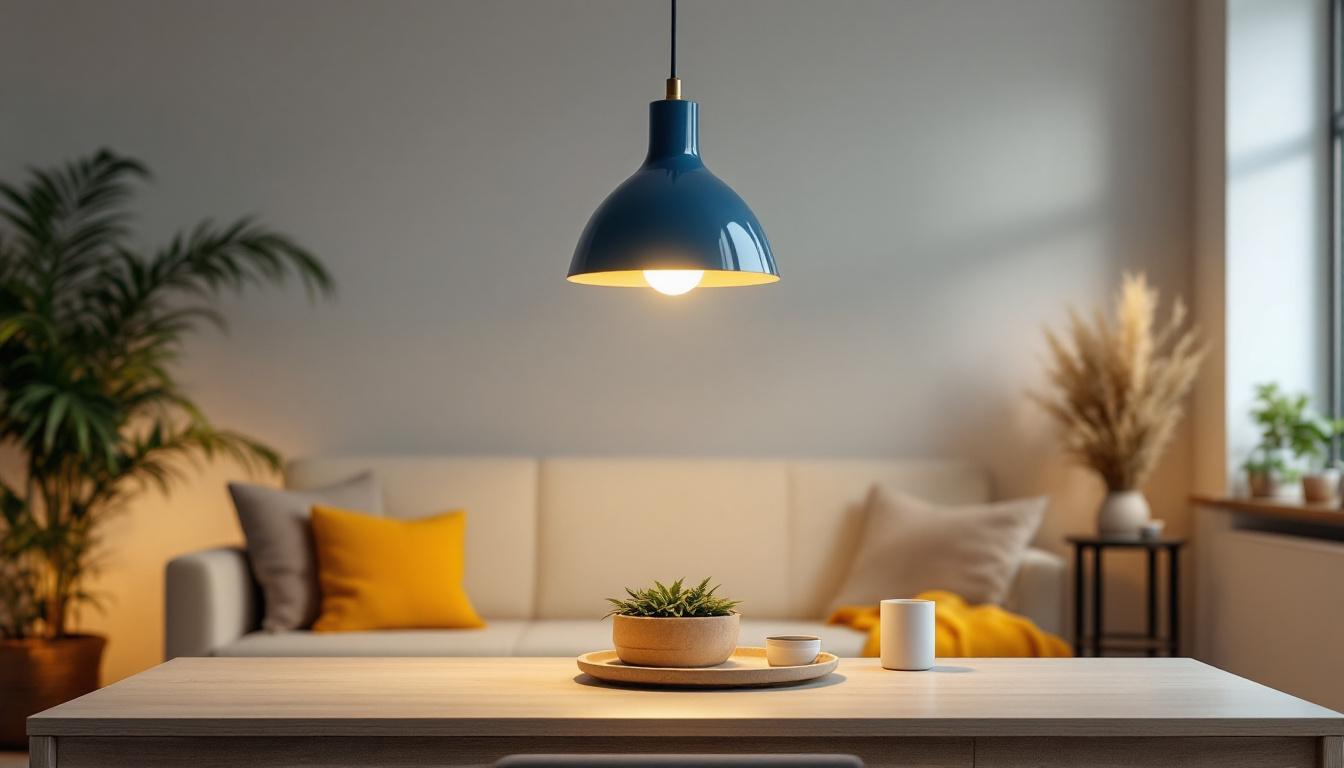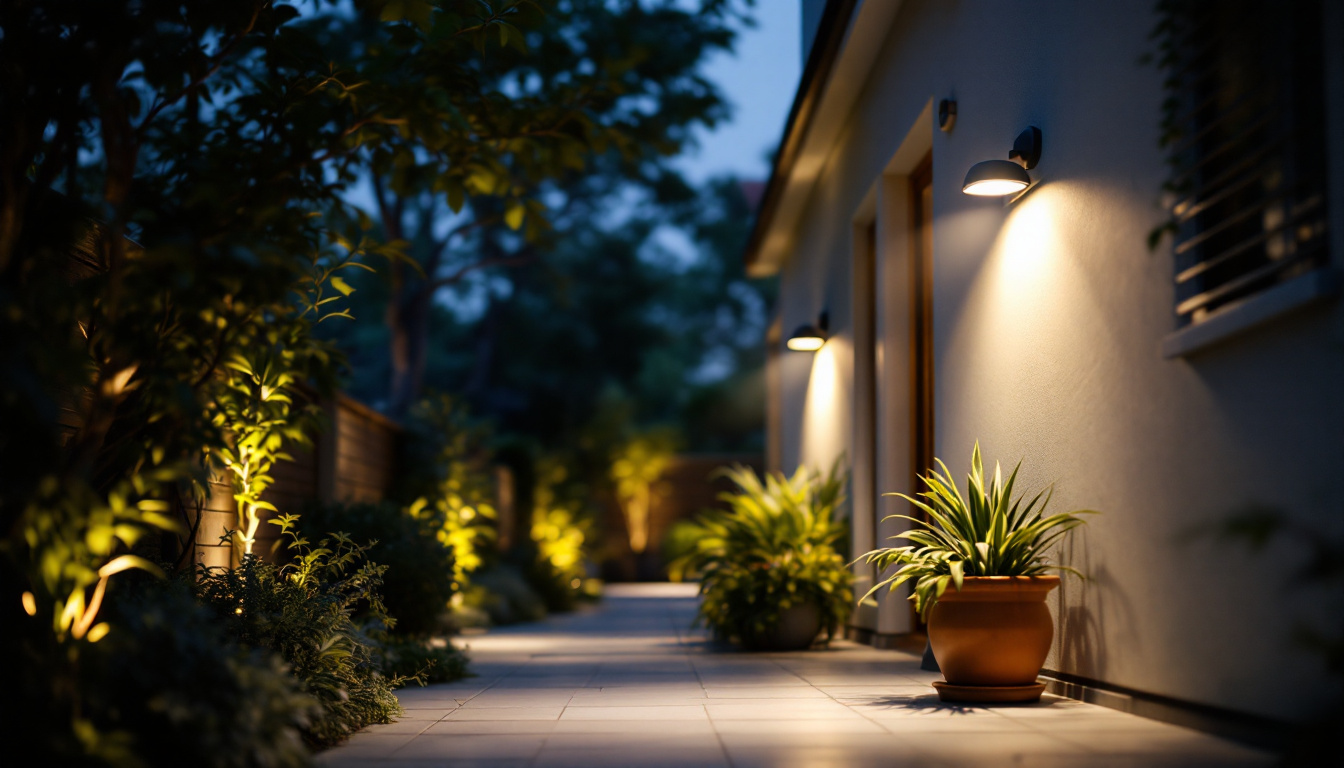
In the rapidly evolving landscape of lighting technology, lighting sensors are becoming essential tools for contractors aiming to enhance efficiency and sustainability in their projects. These devices not only improve energy management but also contribute to creating smarter environments. Understanding the various aspects of lighting sensors can empower contractors to make informed decisions, optimize installations, and meet client expectations.
Lighting sensors are devices designed to detect ambient light levels and adjust artificial lighting accordingly. They play a crucial role in energy conservation and can significantly reduce operational costs. By automating lighting control, these sensors ensure that lights are only on when needed, thus minimizing waste. This not only leads to lower energy consumption but also supports a more sustainable approach to building management and design.
There are several types of lighting sensors available, each serving distinct purposes. The most common include:
The integration of lighting sensors into projects offers numerous benefits for lighting contractors. Not only do these devices enhance energy efficiency, but they also improve user comfort and extend the lifespan of lighting fixtures. By reducing the frequency of on-and-off cycles, lighting sensors can help prevent premature burnout of bulbs, thereby lowering maintenance costs and downtime.
One of the primary advantages is energy savings. By ensuring that lights are only active when necessary, contractors can help clients reduce their utility bills significantly. Additionally, lighting sensors contribute to sustainability goals, making them an attractive option for environmentally conscious clients. Beyond financial savings, the use of these sensors can also lead to improved employee productivity in workplace settings. Studies have shown that well-lit environments, adjusted according to natural light levels, can enhance focus and reduce eye strain, creating a more pleasant and efficient workspace.
Furthermore, the implementation of lighting sensors aligns with smart building technologies, paving the way for more integrated and advanced systems. As part of a broader building management system, these sensors can communicate with other devices, such as HVAC systems, to create a holistic approach to energy management. This interconnectedness not only maximizes energy efficiency but also provides valuable data analytics that can inform future design and operational decisions, making lighting sensors a key component of modern building strategies.
When selecting and implementing lighting sensors, contractors must consider several factors to ensure successful integration into their projects. These considerations can influence the effectiveness of the sensors and the overall satisfaction of the end-users.
The environment in which lighting sensors will be installed plays a critical role in their performance. For instance, occupancy sensors may be less effective in spaces with high ceilings or obstructions that hinder motion detection. Understanding the layout and purpose of the space is essential for selecting the right type of sensor.
Additionally, outdoor sensors must be weather-resistant and capable of withstanding various environmental conditions. Contractors should ensure that the chosen sensors are suitable for the specific application to maximize their effectiveness. Factors such as temperature fluctuations, humidity levels, and exposure to sunlight can all affect sensor performance. For example, sensors installed in areas with extreme temperatures may require additional protective housing or specialized components to maintain functionality.
Another important consideration is the compatibility of lighting sensors with existing lighting systems. Some sensors may require specific types of fixtures or control systems to function optimally. Contractors should assess the current infrastructure and determine if upgrades or modifications are necessary.
Moreover, integrating sensors with smart lighting systems can enhance functionality. For example, a lighting control system that incorporates both occupancy and daylight harvesting sensors can provide a comprehensive solution for energy management. This integration not only improves energy efficiency but also contributes to a more comfortable and productive environment for occupants. Additionally, contractors should consider the potential for future scalability; selecting systems that can be easily expanded or upgraded will ensure longevity and adaptability as technology evolves.
Proper installation of lighting sensors is crucial for their performance and longevity. Following best practices can help contractors avoid common pitfalls and ensure that the sensors operate as intended.
The placement of lighting sensors is vital for their effectiveness. For occupancy sensors, positioning them at the correct height and angle ensures optimal detection of movement. It is advisable to avoid placing sensors near heat sources or in areas where obstructions may block their view. Additionally, considering the layout of the space can enhance sensor performance; for example, placing sensors in corners can maximize their field of view, allowing them to cover larger areas effectively.
For photocells, positioning should consider the amount of natural light available in the area. Sensors should be placed away from artificial light sources to prevent false readings, which could lead to unnecessary energy consumption. Furthermore, it is beneficial to assess the seasonal changes in sunlight exposure, as this can affect the sensor’s ability to accurately gauge ambient light levels throughout the year. A well-placed photocell can significantly contribute to energy savings by ensuring that outdoor lighting is only activated when truly needed.
After installation, it is essential to calibrate and test the sensors to ensure they function correctly. This process may involve adjusting sensitivity settings and testing the response to varying light levels or movement. Contractors should conduct thorough testing to confirm that the sensors activate and deactivate as expected. It is also wise to simulate different scenarios, such as varying levels of foot traffic or changes in ambient light, to ensure the sensors can adapt to real-world conditions.
Regular maintenance checks are also recommended to ensure long-term performance. This includes cleaning the sensors and checking for any obstructions that may affect their operation. Additionally, documenting the calibration settings and maintenance schedules can help in tracking the performance over time. By keeping a detailed log, contractors can identify patterns or recurring issues that may arise, allowing for proactive adjustments and enhancing the overall reliability of the lighting system.
While lighting sensors offer numerous benefits, contractors may face challenges during implementation. Recognizing these challenges can help in developing strategies to overcome them.
One of the significant challenges is educating clients about the advantages and functionality of lighting sensors. Many clients may be unfamiliar with how these devices work or may have misconceptions about their effectiveness. Contractors should take the time to explain the benefits, potential energy savings, and how the sensors will enhance their lighting experience.
Providing demonstrations or case studies can be effective in illustrating the value of lighting sensors. Engaging clients in discussions about their specific needs and concerns can also foster a better understanding and acceptance of the technology.
Another challenge is addressing the initial cost of installing lighting sensors. While the long-term savings can be significant, the upfront investment may deter some clients. Contractors should be prepared to discuss the return on investment (ROI) and how the energy savings will offset the initial costs over time.
Offering financing options or incentives for energy-efficient installations can also help alleviate cost concerns. Highlighting any available rebates or tax credits for energy-efficient upgrades may further motivate clients to invest in lighting sensors.
The field of lighting sensor technology is continually evolving, with advancements that promise to enhance functionality and user experience. Staying informed about emerging trends can provide contractors with a competitive edge in the market.
As smart home technology continues to gain popularity, the integration of lighting sensors with smart home systems is becoming increasingly common. This integration allows for seamless control of lighting through mobile apps or voice commands, enhancing user convenience and personalization.
Contractors should familiarize themselves with various smart home platforms and the compatibility of lighting sensors with these systems. Offering clients smart lighting solutions can set contractors apart and cater to the growing demand for connected devices.
Recent advancements in sensor technology have led to improved accuracy and functionality. For instance, some sensors now feature advanced algorithms that can differentiate between human and animal movement, reducing false activations in outdoor settings.
Additionally, the development of wireless sensors allows for easier installation and flexibility in design. Contractors should stay updated on these advancements to provide clients with the latest and most effective solutions.
Lighting sensors are an invaluable asset for lighting contractors, offering energy efficiency, enhanced user comfort, and sustainability. By understanding the various types of sensors, their benefits, and best practices for installation, contractors can effectively integrate these devices into their projects.
While challenges such as client education and cost considerations may arise, addressing these issues head-on can lead to successful implementations. As technology continues to evolve, staying informed about trends and advancements will ensure that contractors remain competitive in the ever-changing landscape of lighting design.
Ultimately, the strategic use of lighting sensors can transform spaces, making them smarter and more efficient, while also meeting the growing demands for sustainability and energy conservation.
Ready to elevate your lighting projects with the efficiency and sustainability of top-tier lighting sensors? Look no further than LumenWholesale for all your lighting needs. Our extensive selection of spec-grade lighting products is designed to meet the highest industry standards, ensuring you deliver reliable and high-performance lighting solutions to your clients. With unbeatable wholesale prices and the convenience of free shipping on bulk orders, you can trust LumenWholesale to provide the best value without any hidden fees. Explore our wholesale lighting options today and experience the perfect blend of quality, affordability, and convenience.

Discover how the 24 Pendant Light can transform your lighting projects and help you secure more contracts.

Discover the diverse world of light switches and their top benefits for lighting contractors.

Discover the advantages of incorporating wrap around lamps in your projects.

Discover the benefits of motion sensor lights and how they can enhance your lighting installation projects.